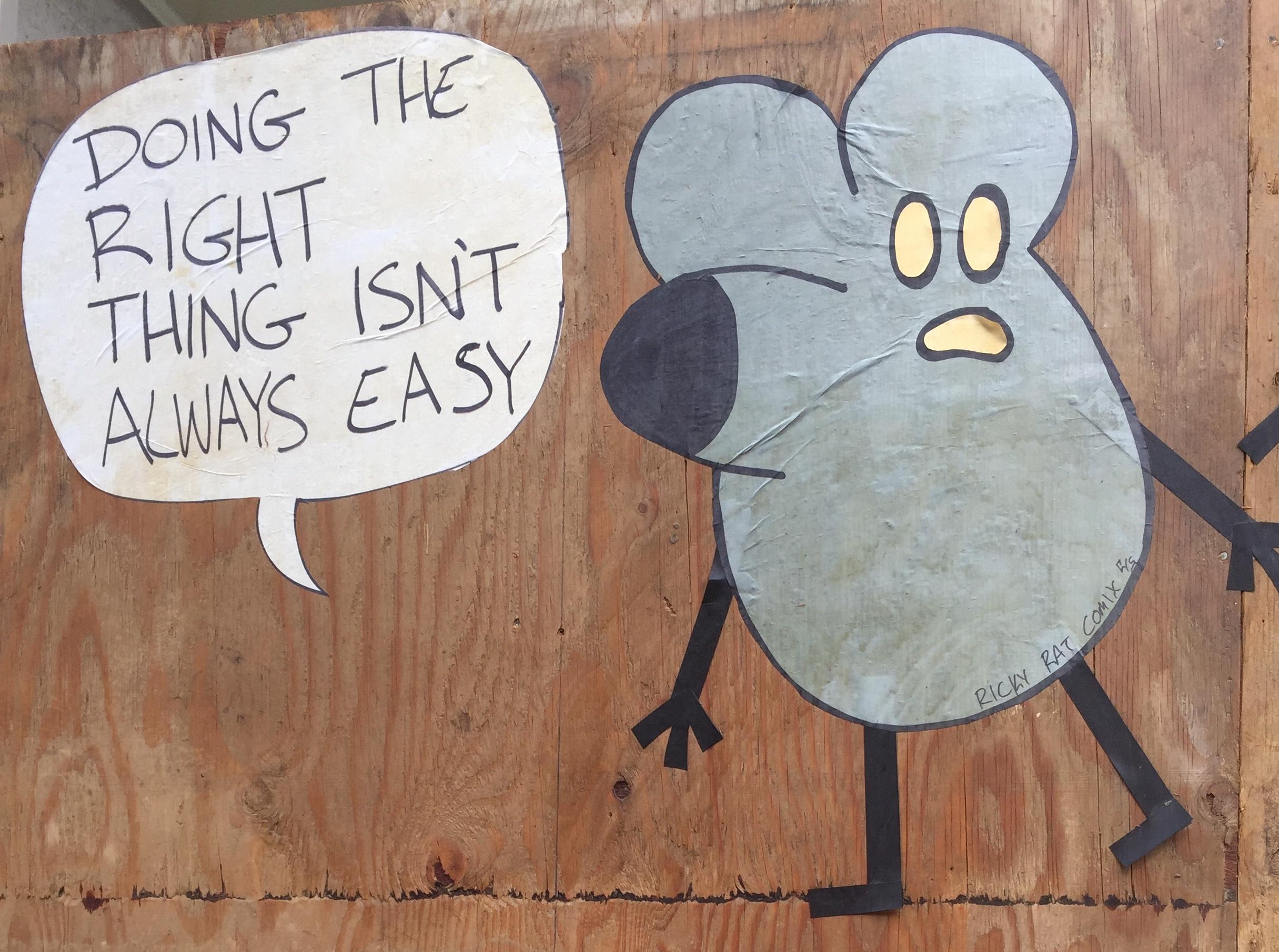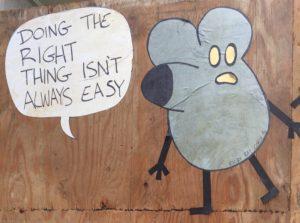How to Use Psychology to Pre-Suade Donors to Give
This time of year is what I call “presuasion time.”
Because if you’re thoughtful about it, you can presuade donors to give up to the moment you ask!
That’s what we reviewed in Part 1 of this two-part series, where I described research from Robert Cialdini, author of the seminal Influence: The Psychology of Persuasion, and the newer book, Pre-Suasion: A Revolutionary Way to Influence and Persuade, and discussed how you might apply this research to your fundraising strategies. We learned the importance of leading with a “gift” or “favor” that will incline your donor favorably in your direction. Even the smallest of favors can create significant goodwill, and there are simple ways to boost the likelihood your favor will be returned.
- Today we’re first going to look at a way to tweak your language to make a difference.
- Then we’ll explore some types of favors donors are likely to value enough to want to reciprocate.
First, a reminder: Every time of year is presuasion time. Everthing you do with supporters should be designed to prime the pump so people are pre-disposed to give to you the next time you ask. Whether that’s next week, the week thereafter, or any week of the year! Whenever you’re not asking, you should be in presuasion mode.
So, let’s get a little psychologically-minded, keeping in mind one of the six core Cialdini principles of Influence and Perusasion: Reciprocity. In brief, human beings often feel obligated to return favors, even if they are unasked for.
Details Have you started working on your annual appeal and year-end fundraising plan?
Have you started working on your annual appeal and year-end fundraising plan?

 The Lilly Family School of Philanthropy projects total giving will grow by an estimated 4.1% in 2021. So you can’t use the pandemic as an excuse for raising less money in the year ahead.
The Lilly Family School of Philanthropy projects total giving will grow by an estimated 4.1% in 2021. So you can’t use the pandemic as an excuse for raising less money in the year ahead.
 When I think about nonprofit content marketing, one of my favorite marketing strategists is Jay Baer, author of
When I think about nonprofit content marketing, one of my favorite marketing strategists is Jay Baer, author of 

 People are wired for stories
People are wired for stories

 Everyone is saying it.
Everyone is saying it.
 This is one place you don’t have to social distance.
This is one place you don’t have to social distance.